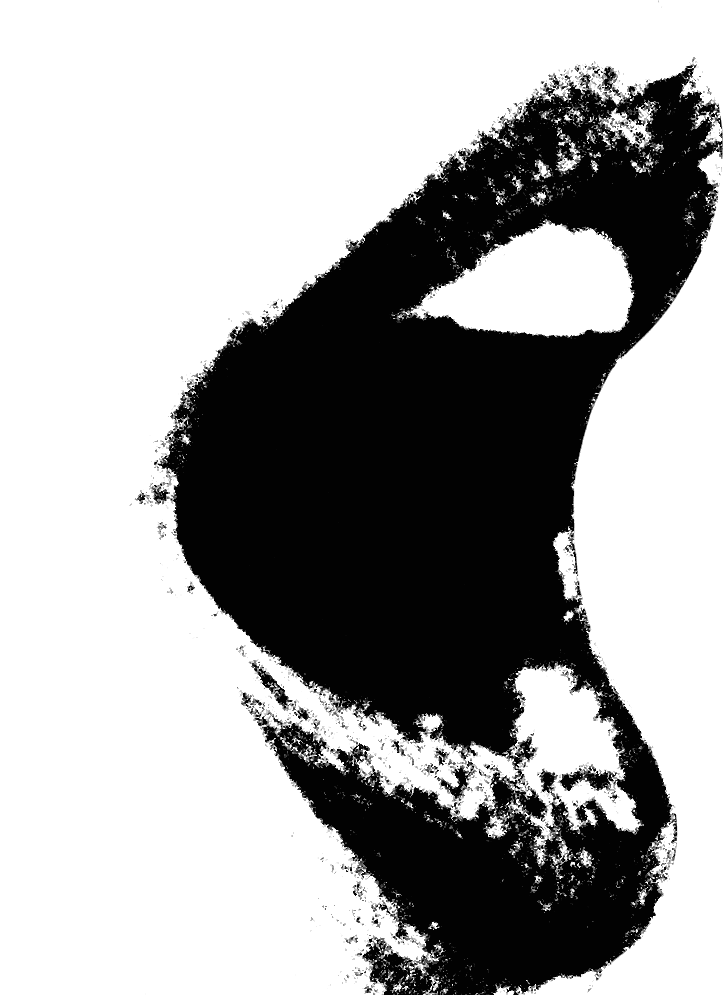"What significance does the physical, material body still have in a world of virtual?"
— Jack Selzer & Sharon Crowley (1999, back cover)

Background
Having introduced the concept of the artist–medium and its potentials, I want to talk through my own story of teaching it, while getting into the specifics of what this might look like, feel like, sound like more broadly.
It was a fall semester in 2014, and I was teaching (for my second time) a 300-level "writing"-intensive course at the University of Pittsburgh, called "Composing Digital Media: The Art of Missing Information." This course is offered as a kind of survey of digital media production, meant to cover photo capture and editing, sound capture and editing, video capture and editing, and html/css for web design. In this particular section of Composing Digital Media, we had been focusing on "the art of missing information," which is what creative writer Will Steacy (2012) called the missing photograph, the picture that was not taken, the story never recorded, the history failed. These are the moments of capture, according to Steacy, that could not or did not happen. What we were trying to do was capture them, or at least try to tell the stories (digitally) that had not been captured or recorded. We were trying to document the as-yet-undocumented as a kind of citizen digital project while remaining sensitive to that power and the issues of representation it brings.
What complicated this image a bit more was our primary course texts—the documentary RiP!: A Remix Manifesto (Gaylor, 2008) and Paul D. Miller's (2004) Rhythm Science—and our subsequent preoccupation with archives of all kinds. I had myself, through my research and digital practices, become particularly drawn to archives—both digital and analog—as rife places for imaginative and even fictional recompositions and remixes. I had pursued new possibilities for archives beyond recovery or what Erin Anderson (2014) called "representational ethics." I played with archival voices and old textual artifacts to see what would happen. I began to see the nearly inextricable relationship between archives and digital production, between what was and what could be, where terms like reppropriation, remix, remediation, and reuse come into sharp focus. As I imagined the course, then, I looked for ways to get students to see and understand the relationship between our archives and our digital productions, between our own voices and bodies and the voices and bodies of the dead. Two key quotes kept coming up for students in the first few weeks of the class: the first by J. Jack Halberstam, who said in an interview, "When people want to think differently they actually have to use a) a different archive, and b) different concepts" (Danbolt, 2008); the second by Miller (2004): "You're only as good as your archive" (p. 16).
What these quotes foregrounded in the context of digital production was an ability to invent or make another archive or, at least, something else sayable or enunciable through and with the archive. Attached to these key quotations, I used the notion of the "citizen archive"—which are those archives made, curated, and maintained by citizens—to invite students to think of themselves as archivists. What became particularly interesting about the concept of the citizen archivist was that "citizens" (student–citizens) could un-silence histories, people, and stories through their own new archival efforts.
Yet we didn't stop there.
Because this course was actually about learning to make media, we began to consider our media as powerful ways to not just recover archives, but to also reuse, remix, and reappropriate our own archival materials. Archives could become, in effect, present once again through the embodied, enacted, and recorded citizen archivist. As Miller (2004) wrote, being a producer in and with digital media is all about how you rearrange the "mix," and the mix are all those materials—beats, voices, texts, images, videos—already circulating, archived for future use and reuse: "My archives, your archives, our archives" (p. 16).
Why Voice?
While students created a photo story, a video story, and their own online archive, and each project asked them to enlist their body in the practice of making media as artist–mediums, it is the sound project, titled Performative Sound, I want to focus on for this chapter. I chose this focus in part because sound and voice, in particular, possess what Adriana Cavarero (2005) called "corporeal uniqueness" (p. 207): The voice has a special capacity to bring us together in a unique kind of reciprocal sensory encounter, in which we are immersed in the vibrations of another, while at the same time coming to experience them as a lived reality. As Erin Anderson (2014) generously highlighted, we find in digital voice a kind of performative "potential and promise," rendering it more of a "resource… [and] performative material with potential to act and to affect in its own right."
















